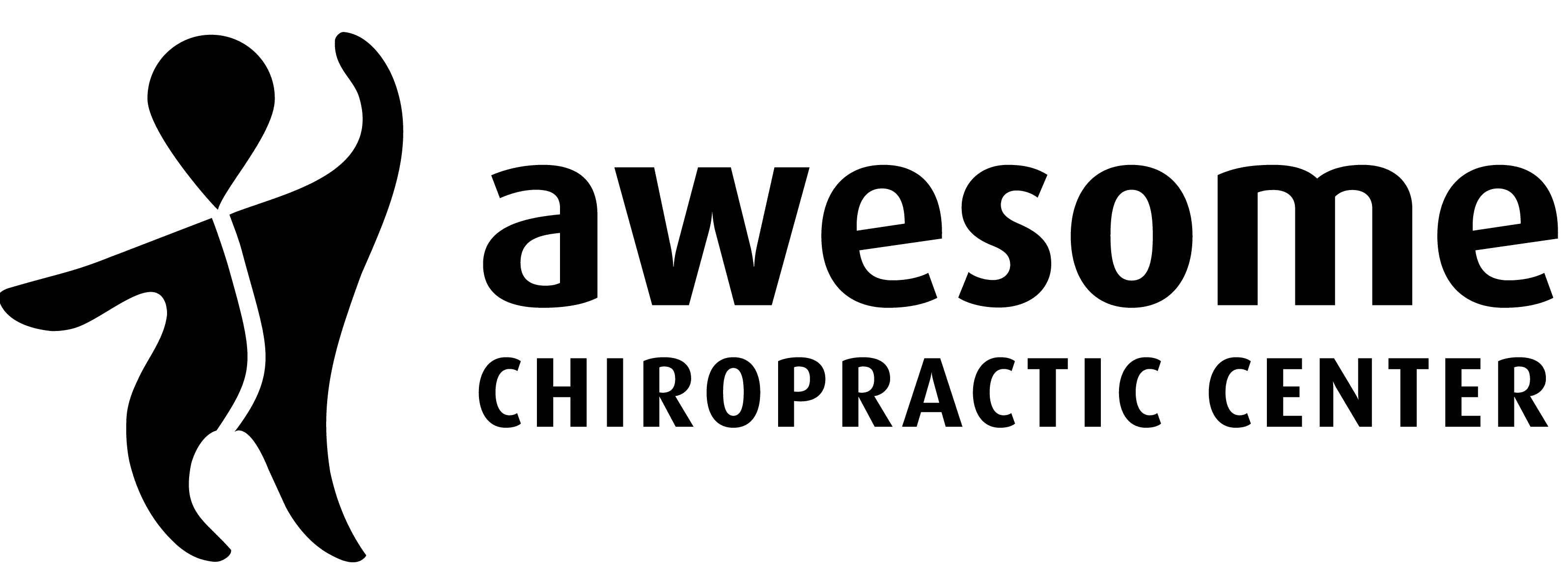Decoding Pain: Harnessing the Mind-Body Connection for Holistic Relief
Introduction
Did you know that pain is not solely determined by physical damage? It is a complex perception created by our brain. The way we experience and interpret pain can be influenced by various factors.
In this post, we will explore how pain is a perception of the brain and discuss techniques to improve our experience of pain. We will also explore diverse techniques beyond pharmaceuticals for managing pain and discover how chiropractic care can provide holistic relief.
The Complex Symphony of Pain Perception:
When pain registers in our bodies, it’s not just the result of an injury; it’s the brain’s artful interpretation of signals sent by specialized nerve endings known as nociceptors.
But the brain’s role doesn’t end at processing these signals—it’s deeply influenced by emotions, thoughts, memories, and beliefs. These intricate layers of perception contribute to the varied ways in which individuals experience and interpret pain.
Beyond Pharmaceuticals: Techniques for Holistic Pain Management:
While pharmaceuticals can offer quick relief, they don’t always address the root causes of pain. Embracing holistic approaches can provide a comprehensive way to manage pain and enhance overall well-being. Here are a few techniques that can complement or even replace pharmaceutical interventions:
- Mind-Body Techniques: Practices like mindfulness meditation, deep breathing, and guided imagery have demonstrated their power in redirecting our focus away from pain. By centering our attention on the present moment, we can alleviate the emotional burden of pain.
- Cognitive Reframing: Our thoughts have a profound impact on pain perception. By reshaping negative thoughts and focusing on positive outcomes, we can reshape how we experience pain.
- Physical Activity and Exercise: Engaging in regular, low-impact exercise releases endorphins, which act as natural pain relievers. Activities like yoga, swimming, and walking not only improve physical strength but also support mental wellbeing.
- Complementary Therapies: Holistic practices such as acupuncture, acupressure, massage therapy, and aromatherapy have shown promise in addressing pain through relaxation, improved circulation, and tension release.
Chiropractic Care: A Holistic Approach to Pain Management:
Chiropractic care offers a distinctive approach to pain management that aligns with the holistic philosophy. Chiropractors focus on the relationship between the spine and nervous system, employing manual techniques to correct misalignments that could contribute to pain.
By restoring proper alignment, chiropractic care enhances nerve communication, promotes natural healing, and often results in reduced pain and increased mobility.
Conclusion:
As we navigate the complicated world of pain, it’s important to remember that finding relief isn’t just about one solution. By understanding that our brain plays a big role in how we experience pain, we can explore different ways to feel better. This includes things like using both our mind and body, changing how we think about pain, staying active, and trying different therapies alongside medicine.
When we combine these approaches, they work together like a symphony to help us heal. Chiropractic care is a part of this symphony; it’s like a conductor that helps us align our body and find balance, so we can live a life without unnecessary pain.





